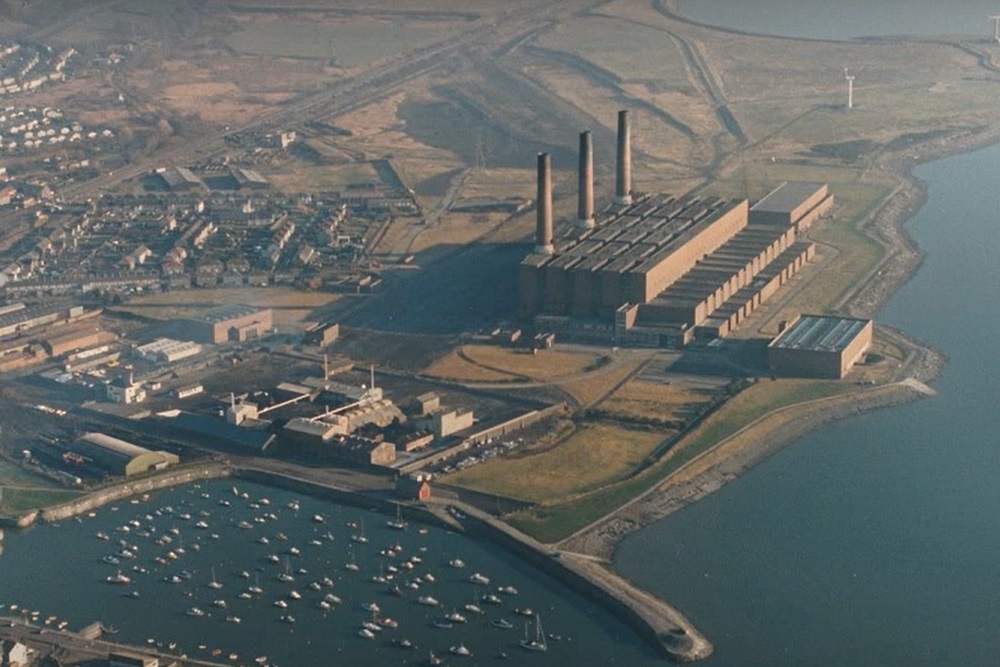Power station plans could yield ‘significant economical and green benefits’

Work is being carried out on the site of the former Carmarthen Bay power station in Burry Port, to evaluate the possibility of reclaiming a waste product from the plant for use in the construction industry.
Pulverised Fuel Ash, or PFA for short, is buried in areas surrounding the demolished power station and its extraction could realise both economic and amenity benefits to the local community.
Reclaiming the PFA could also allow some land to be returned to its former state, as a natural salt marsh, whilst other areas could be enhanced to have greater amenity use, if its potential for re-use proves to be feasible.
PFA is a by-product from the burning of pulverised coal in coal-fired electricity power stations. The ash is very fine and was extracted from the flue gases by electrostatic precipitators.
PFA has been used in a wide range of construction related processes, including as a cement additive, and as a grouting material used for ground stabilisation works, particularly where there are historical coal mine workings.
Feasibility study
Carmarthenshire County Council says that returning the area to its former state could also assist existing development projects in the area and possibly lead to leisure and recreational facilities being developed in there in the medium to long term dependent on the results of the feasibility study.
The council’s cabinet Member for Transport, Waste and Infrastructure Services, Cllr. Edward Thomas said “It is important to note that this project is very much in its infancy and the work we have carried out so far has been to review the land, formulate an investigation strategy and conduct a walkover survey to evaluate the potential for the ash deposits to be used as aggregate or cement additives in the construction industry.
“Over the next 8-weeks, people will see investigation work personnel at the site as we will be carrying out a physical investigation to identify the quality and quantity of the PFA at Burry Port.
“Should this project come to fruition, it has the potential to provide significant economical and green benefits to our County.”

Construction work started on the £25 million power station in 1947 and electricity was first generated by the 345 Megawatts plant in June 1953, at which time over 500 people were employed on the site.
It ceased generating electricity in 1984 and was finally demolished in 1992.
Support our Nation today
For the price of a cup of coffee a month you can help us create an independent, not-for-profit, national news service for the people of Wales, by the people of Wales.





Lots of asbestos still in the ground around there. Incidentally, I used to be a lab tech in the factory next door!
Frickers?
Hopefully the PFA and asbestos should not be mixed, because then it can be used in low carbon emitting concrete.
BTW a possibly uninteresting correction to the article, PFA is not used as aggregate, and is not a cement additive. It is a cement replacement. Used instead of cement it reduces carbon emissions to atmosphere down to around 5% of conventional cement.
Despite the Carmarthen Bay Power Station the picture highlights how much better Burry Port looked back in the day. Look how much nicer the harbour looked before the entrance was blocked with that horrendous lump of concrete that is a huge blot on the landscape. Knock the bloody thing down for goodness sake!! It serves no purpose whatsoever.